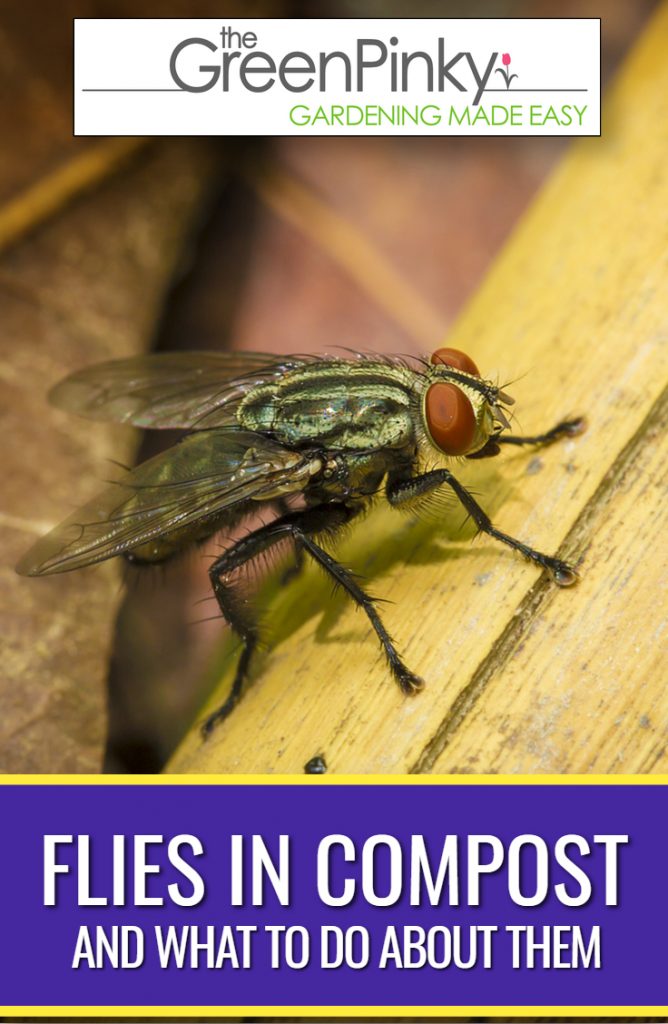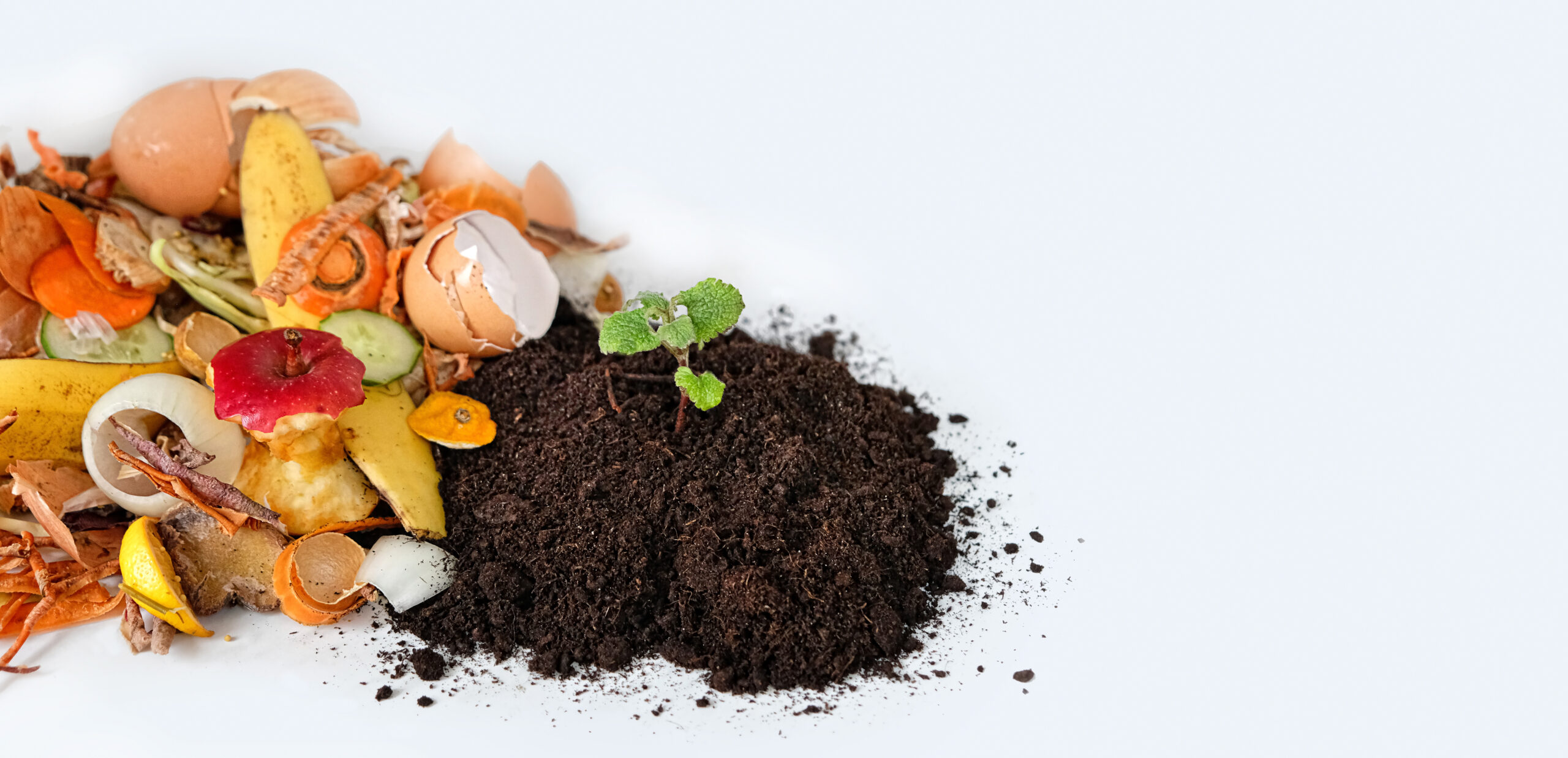The Compost Conundrum: Why Flies Infest Your Bin
Compost flies are a common problem for many homeowners and gardeners who maintain a compost bin. But have you ever wondered why these pesky insects are attracted to your compost in the first place? The answer lies in the ideal environment that composting creates. Compost bins provide an abundance of organic matter, which serves as a food source for flies. Additionally, the moisture and warmth generated during the composting process create a perfect breeding ground for these insects. To effectively learn how to get rid of compost flies, it’s essential to understand the reasons behind their infestation. By recognizing the attractants and optimizing your composting practices, you can prevent these unwanted critters from taking over your bin.
Identifying the Culprits: Types of Flies in Compost
When it comes to compost flies, it’s essential to identify the types of flies that are infesting your bin. This knowledge will help you develop an effective strategy for how to get rid of compost flies. Fruit flies, houseflies, and fungus gnats are some of the most common types of flies found in compost. Fruit flies are attracted to sweet, fermented, or decaying organic matter, while houseflies are drawn to the smell of ammonia and other nitrogen-rich compounds. Fungus gnats, on the other hand, thrive in moist environments with high levels of fungal activity. By understanding the specific types of flies present in your compost, you can tailor your control methods to target their unique preferences and habits.
How to Prevent Compost Flies from Taking Over
Preventing compost flies from infesting your bin is a crucial step in maintaining a healthy and productive composting process. To achieve this, it’s essential to understand the factors that attract flies and take proactive measures to prevent them from taking over. One effective way to prevent compost flies is to maintain a proper carbon-to-nitrogen ratio in your compost pile. This can be achieved by balancing “green” materials (such as food scraps and grass clippings) with “brown” materials (like dried leaves and twigs). Adding bulking agents like straw or shredded newspaper can also help to absorb excess moisture and reduce the attractiveness of your compost to flies. Regularly turning the compost pile is another key strategy for how to get rid of compost flies, as it helps to speed up decomposition, reduce odors, and eliminate fly habitats. By implementing these preventive measures, you can significantly reduce the likelihood of fly infestations and create a thriving compost ecosystem.
Eliminating Fly Habitats: Optimizing Compost Bin Conditions
Creating an environment that discourages fly growth is crucial for how to get rid of compost flies. One of the most effective ways to do this is by controlling moisture levels in your compost bin. Flies thrive in humid environments, so ensuring that your compost is not too wet is essential. This can be achieved by adding bulking agents like straw or shredded newspaper, which absorb excess moisture and improve aeration. Reducing odors is another key strategy for eliminating fly habitats. Flies are attracted to strong smells, so ensuring that your compost is well-balanced and not too nitrogen-rich can help to minimize odors. Additionally, turning the compost pile regularly can help to speed up decomposition and reduce the attractiveness of your compost to flies. By optimizing compost bin conditions, you can create an environment that is inhospitable to flies and conducive to healthy decomposition.
Natural Deterrents: Using Essential Oils and Herbs to Repel Flies
When it comes to how to get rid of compost flies, natural deterrents can be a effective and environmentally friendly solution. Certain essential oils and herbs have natural fly-repelling properties that can help keep compost flies at bay. For example, peppermint oil and lemongrass oil have been shown to repel flies, and can be added to your compost bin in small quantities. Similarly, herbs like basil and mint can be planted around the perimeter of your compost bin to create a fly-repelling barrier. Other natural deterrents include citronella, lavender, and geranium oil. When using essential oils, be sure to dilute them with water according to the manufacturer’s instructions, as they can be potent and potentially harm beneficial microorganisms in your compost. By incorporating natural deterrents into your fly control strategy, you can create a more sustainable and eco-friendly composting practice.
Trapping and Eliminating Flies: DIY Solutions and Commercial Options
When it comes to how to get rid of compost flies, trapping and eliminating them is a crucial step. There are several DIY solutions and commercial options available to help you achieve this. One effective DIY method is to create a fly trap using apple cider vinegar, wine, or soap. These substances attract flies, which then get trapped in the container. Another option is to use commercial products like sticky traps or UV light traps, which can be placed near the compost bin to capture flies. For a more targeted approach, you can use fly paper or sticky tape coated with a sweet-smelling substance like honey or fruit juice. Additionally, introducing natural predators like ladybugs or lacewings, which feed on compost flies, can be an effective way to eliminate them. By combining these methods with the other strategies outlined in this article, you can create a comprehensive fly control plan that helps you maintain a fly-free compost bin.
Integrating Fly Control into Your Composting Routine
To effectively get rid of compost flies, it’s essential to incorporate fly control measures into your daily composting practices. Regular monitoring and maintenance are crucial to preventing fly infestations. Start by checking your compost bin regularly for signs of fly activity, such as eggs, larvae, or adult flies. If you notice any of these signs, take immediate action to eliminate the problem. Additionally, maintain a consistent composting routine, including regular turning and aeration of the pile, to prevent the creation of ideal fly habitats. Another key aspect of integrating fly control into your routine is to ensure that you’re adding the right balance of “green” and “brown” materials to your compost bin. This will help to create a nutrient-rich environment that supports beneficial microorganisms, which can help to outcompete fly populations. By incorporating these practices into your daily routine, you can effectively prevent fly infestations and maintain a healthy, thriving compost bin.
Maintaining a Fly-Free Compost Bin: Long-Term Strategies
To sustain a fly-free compost bin over time, it’s essential to implement long-term strategies that focus on creating an environment that discourages fly growth. One key approach is to regularly clean your compost bin, removing any debris or residue that may attract flies. Additionally, consider adding beneficial microorganisms to your compost bin, such as bacteria or fungi, which can help to break down organic matter and reduce the attractiveness of the bin to flies. Another important aspect of maintaining a fly-free compost bin is to adapt to seasonal changes. For example, during the summer months, flies may be more active, so it’s essential to increase your monitoring and maintenance efforts. By incorporating these strategies into your composting routine, you can effectively get rid of compost flies and maintain a healthy, thriving compost bin. Furthermore, consider implementing a regular schedule for turning and aerating your compost pile, as well as ensuring that your bin is properly covered and sealed to prevent fly entry. By following these long-term strategies, you can enjoy a fly-free composting experience and reap the benefits of nutrient-rich compost for your garden.








